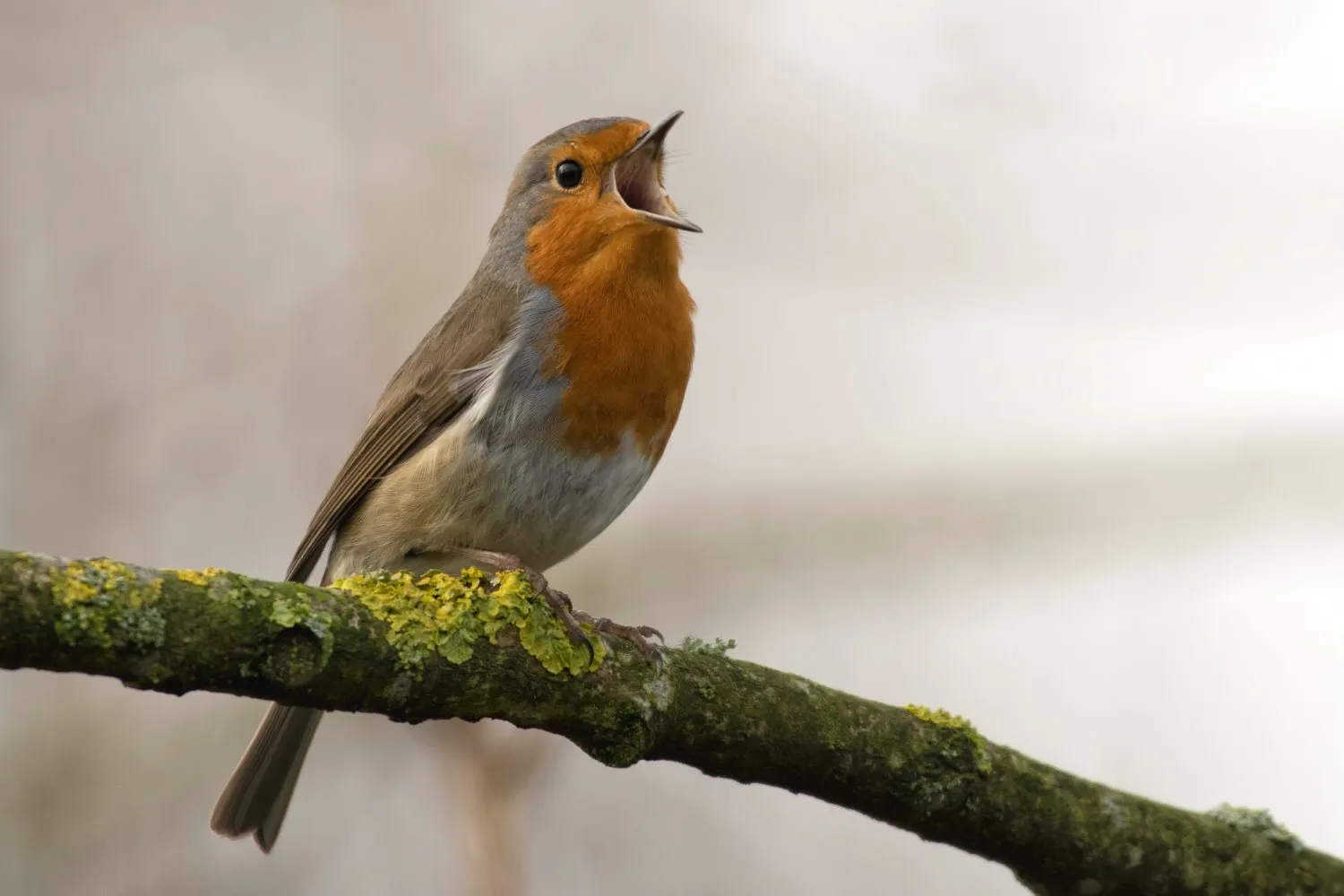Photographing birds can be a captivating experience, with their diversity in shapes, sizes, and colors reflecting their adaptations to various habitats. However, capturing these lively and often secretive creatures can pose some challenges. Here are some tips to help you achieve stunning bird photography.
1. Identify and Isolate Your Subject
Birds are often found in cluttered settings with branches, grasses, and other birds that can distract from your main subject. Consider what elements are essential for your photo and use your f-stop, shooting angle, or proximity to the subject to focus on those details.
2. Create Unique Photos
While replicating inspiring images is tempting, strive for originality in your shots. Experiment with different angles, subjects, and behaviors to capture entirely new perspectives.
3. Anticipate Behavior
Birds are constantly on the move, flying, swimming, and performing other actions. Visualize the shots you want by observing and understanding the bird’s behavior. This helps you select appropriate shutter speeds, f-stops, and ISO settings to capture high-quality images.
4. Let Birds Come to You
Rather than chasing birds, anticipate where they will be and position yourself there in advance. This approach can lead to more intimate and compelling photographs.
5. Utilize the Best Lighting
Shoot during the golden hours just after sunrise and before sunset for optimal lighting conditions. These times of day offer beautiful color and shadow dynamics when birds are most active.
6. Choose Your Background
Change your shooting angle to adjust the background and create more striking images. Experiment with shooting from different heights and positions for unique perspectives.
7. Test Exposure Regularly
Light conditions can change quickly, affecting your exposure. Monitor exposure regularly, especially if your subject moves between light and dark backgrounds.
8. Know the Required Shutter Speed
Determine the shutter speed needed to capture different bird behaviors in sharp detail. Adjust your settings based on whether your subject is flying, walking, or standing still.
9. Shoot in Aperture-Priority or Manual Mode
Aperture-Priority Mode and Manual Mode offer more control over your photographs. Use Aperture-Priority when your subject is moving through similar backgrounds, and Manual Mode when backgrounds vary or you need to frequently adjust your f-stop.
10. Photograph Unique Subjects You Love
Focus on subjects you’re passionate about, even if they’re less popular. You might discover less competition and more opportunities to create compelling and unique images.
Remember, great photos require time and effort. Invest in learning about and spending time with the birds you love. This way, the perfect photo becomes a rewarding outcome of your dedication and passion.
